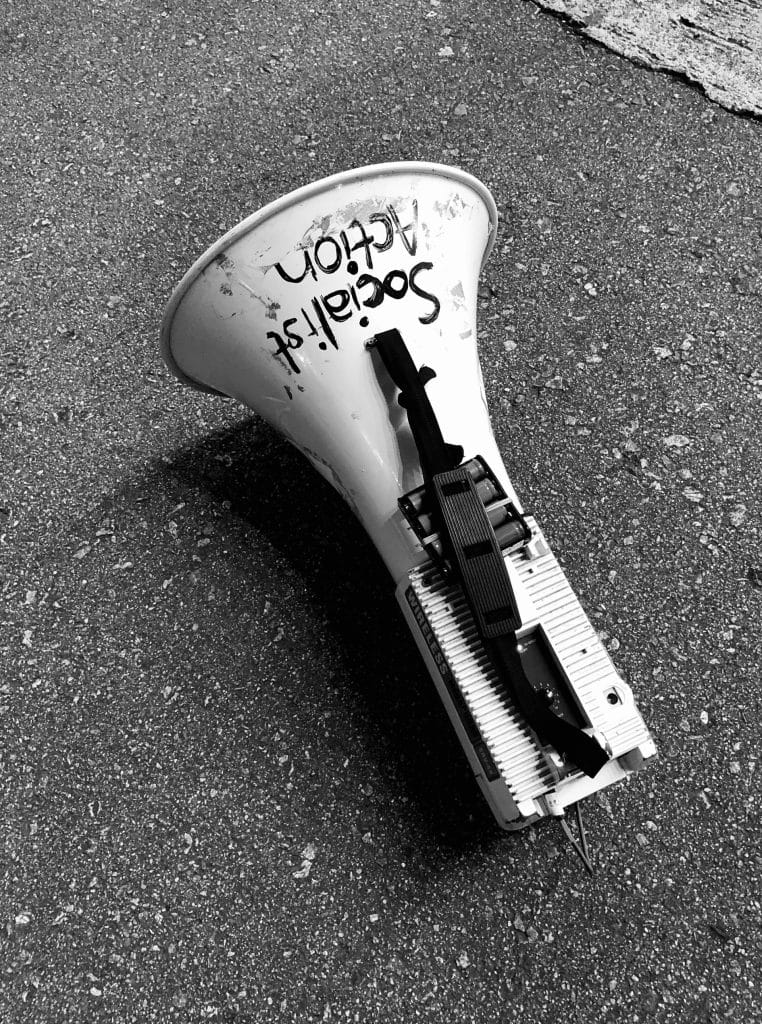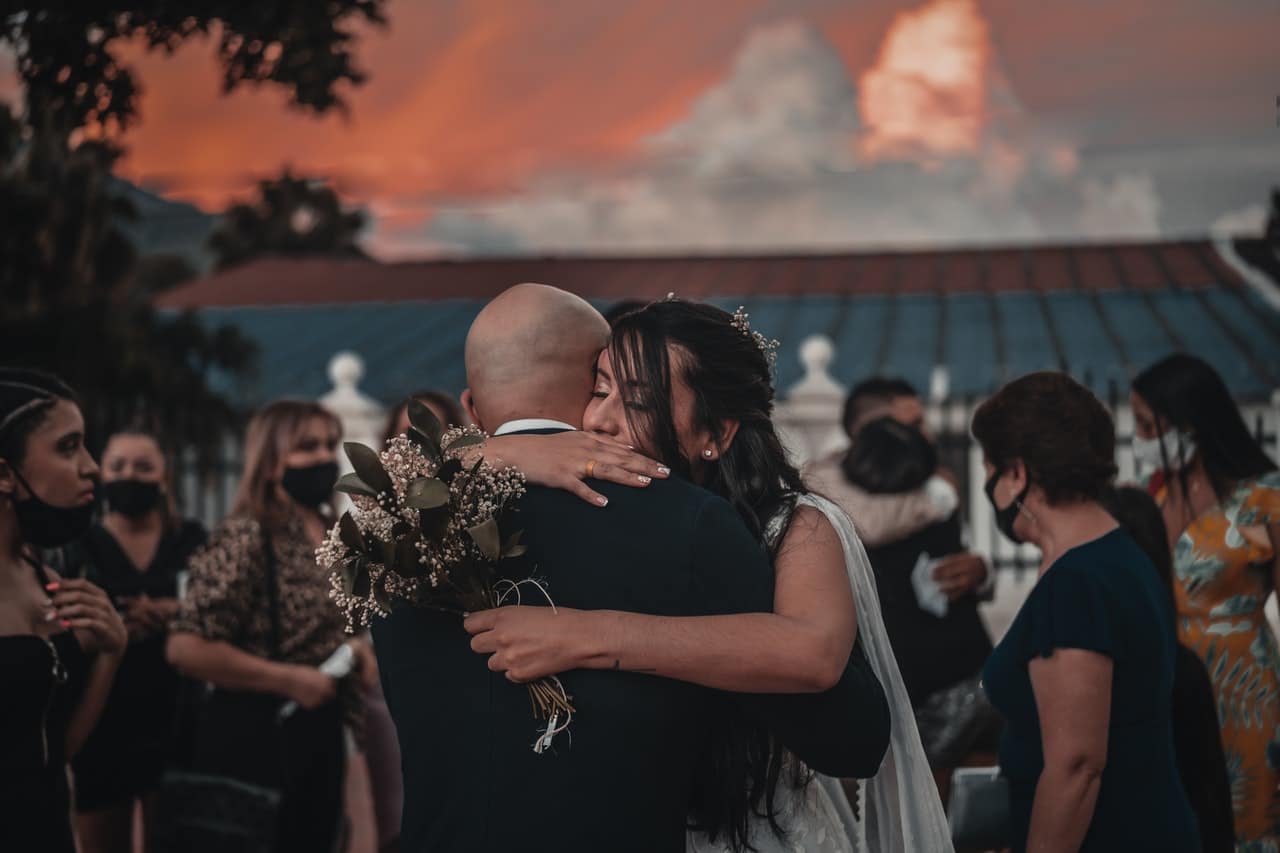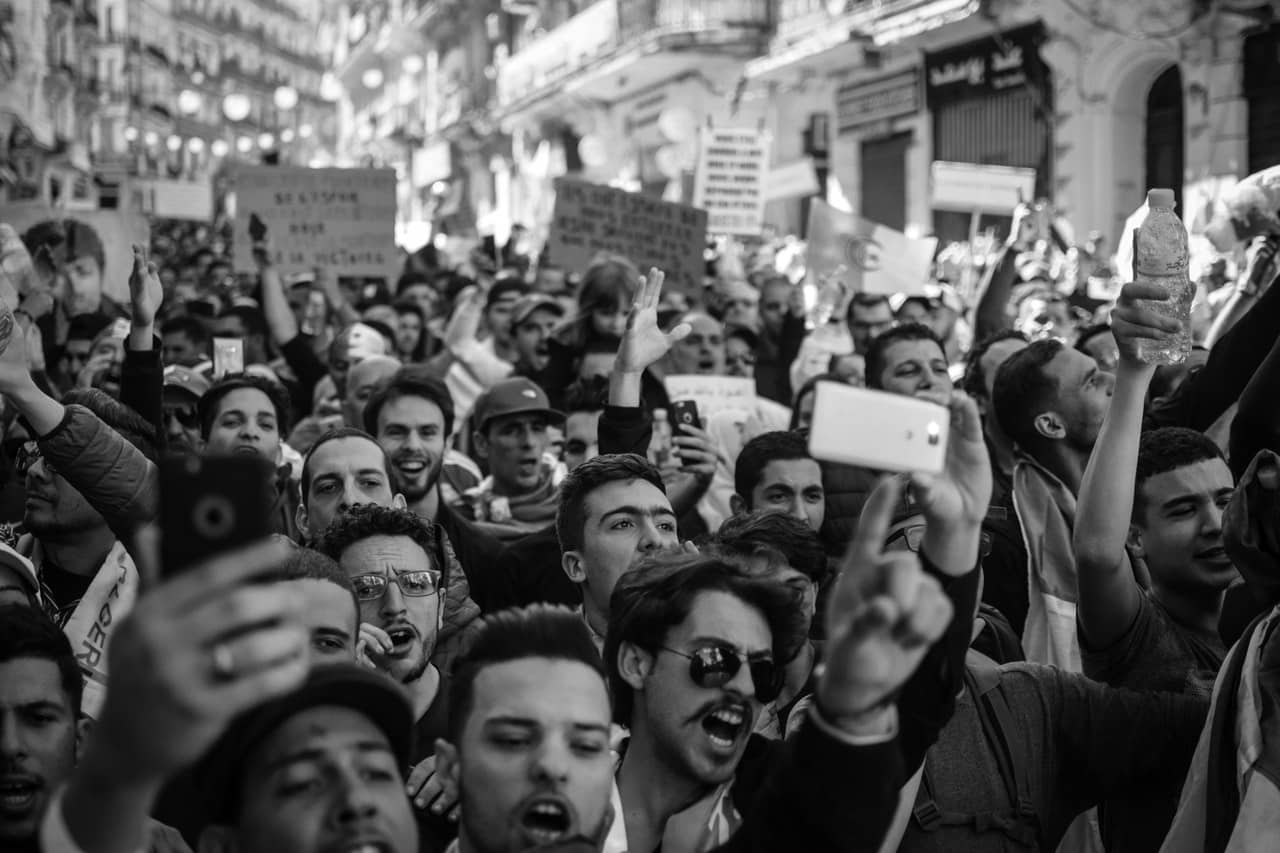How To Get Started With Documentary Photography
What Does “Documentary” Mean?
Documentary is a term that is used to define anything that pertains to documenting real-life information, whether it is being recorded, registered, or archived, that provides factual records or evidence.

Documentary photography is the term used to describe the art of capturing people, places, and events that are historically, politically, or socially significant. As one of the earliest forms of photography, documentary photography has been one of the leading drivers of social change for over a century.
This article will cover how to do documentary photography properly, the difference between documentary photography and photojournalism, the various types of documentary photography, what makes a good documentary photograph, and much more. Considering documentary photography to tell powerful stories? Documentary photography has the power to tell important stories in an authentic way, making it a highly educational and rewarding field.
What Does “Documentary” Mean?
The word “documentary” is a word used to define anything that pertains to documenting real-life information. As such, it is a term loosely used to describe anything that is recorded, registered, or archived.
By this same token, any form of documentary-style art aims to cover actual events and people, as well as contain footage that is factually accurate and that does not contain any fictional elements.
All types of documentary-style art are typically used to reveal information about interesting, diverse, or unknown topics about real people, places, and events. In most cases, documentaries are produced by people who feel that a particular viewpoint or story is not receiving enough exposure from mainstream media outlets or the status quo.
Documentary-style art offers a critical lens into a new world or experience, using visual art to help shed light on an interesting and informative topic. While the factual elements of documentary art can help build a piece, the creative approach of the artist behind the lens is often what truly defines a body of work and helps to compel a viewership.
What Is Documentary-Style Photography?
Documentary photography is a form of fine art photography that uses images to tell an impactful story. Generally, it is an umbrella term used to describe a variety of different types of camerawork. In most cases, it describes the capture of an event in real time to inform an audience about a significant and impactful event in the world.
Documentary photography rarely includes posed portraits or staged scenes. Instead, it seeks to creatively depict real-life situations. While the reasons for pursuing documentary photography are varied, most documentary photographers aim to address issues, conduct research, raise awareness, and/or create compelling work.
Photographers of documentary-style images avoid manipulating their photos or subjects to keep their work authentic. This distinguishes documentary photography from art photography, which often encourages artists to embellish or edit their work post-production.
Documentary photographers often focus on social, cultural, and/or humanitarian injustices that they believe deserve more exposure. Composition and narrative structure are usually planned in advance.
What Are the Different Types of Documentary Photography?
Documentary photography has been seen in some of the earliest photographic images, even dating back to as far back as records of the American Civil War in 1861. Throughout the course of history, some of the most prevalent examples of documentary photography have included:
War Photography
Armed conflict and its effects on people and places are documented in war photography.
Historically, war photography exposed many armed conflicts to civilians. This elicited reactions and increased insight from ordinary people. War photography has historically been a powerful tool for journalists and photographers to raise public awareness of war’s injustices.
Globally, modern war photography is still used today. However, the safety of photographers that are exposed to armed warfare is much more encouraged.
Social Documentary Photography
Social documentary photography (also referred to as “concerned photography”) focuses on world situations through a social or environmental lens.
After the early days of photography, artists realized the power of photography as a tool for social change. As a result, unedited photographs of inequality and injustice were used to promote social change. Social documentary photography is still widely used today, though its classification as such is sometimes disputed (due to some artists letting their photographs function as subjective art).
Conservation Photography
Conservation photography usually aims to promote environmental preservation and conservation through images.
Beautiful landscapes and wildlife can be captured in conservation photography, as well as endangered species, toxic waste, and more. These photos are meant to elicit a reaction from the viewer and direct their feelings towards a worthy cause.
Documentary Wedding Photography
Documentary wedding photography is a candid style of wedding photography where each photo is taken without the photographer staging or setting it up. This style of wedding photography is ideal for those who want a series of photos that accurately depict their day.
Many modern-day couples enjoy the organic approach offered by documentary wedding photography. It captures spontaneous encounters, unexpected events, and intimate moments better.

Showcase your documentary photography with Format
Choose from award-winning website templates and build a stunning online portfolio website.
What Is the Difference Between Photojournalism and Documentary Photography?
The documentary photography vs. photojournalism debate has floated around photography circles for many years. If you’re a photographer with a goal to tell stories through the art of photography, both photojournalism and documentary photography might be of interest to you. But while both of these genres are closely connected and share several similarities, each one encompasses different elements and goals.
Some of the key differences between each genre include:
Pace of Work
Photojournalists work at a much faster pace than documentary photographers. Photographers share their photos on social media, websites, and news outlets within days (or even hours) of shooting. Photojournalists have long shared their subjects live, in order to keep their work as current as possible.
Documentary photography is a much more complex form of storytelling. This type of photographer can take weeks, months, or even years to complete a project. Because documentary photography’s goal is usually to raise awareness about a subject, thorough research and investigation can take time.
Approach to Storytelling
Given that the objectives of each style are different, both photojournalists and documentary photographers are likely to give their work a much different approach to storytelling.
Because photojournalists work quickly, they focus on capturing an event objectively rather than turning it into a full-length feature. A photojournalist’s photos often tell a story about a person, place, or event on their own.
In documentary photography, a photographer’s photos are used to tell a story. To achieve this, photos are often shot in series or as part of a larger project.
Communication with Subjects
Because documentary photography emphasizes storytelling, photographers can spend more time with their subjects and develop deeper relationships. Documentary photographers often have more interaction with the subjects they photograph.
Photojournalists, on the other hand, must work quickly. While they do have time to talk to their subjects, their interactions are likely to be much shorter than those of documentary photographers.

Does Documentary Photography Need To Include People?
While people are often included in some of the most evocative documentary-style images, not all images require human subjects to be powerful or to raise awareness of a particular subject or event. Documentary-style photographs should be taken with a goal to evoke emotion from viewers, which can be done with a wide variety of different subjects.
For example, sub-genres such as conservation photography are mainly focused on promoting the preservation of nature and the world’s ecosystems.
What Is the Most Important Aspect of Documentary Photography?
Documentary photography has long served as both a creative art form and a way to raise awareness about important issues. So, rather than achieving an aesthetic product or goal, its most important aspect is that it tells stories with intention and empathy.
Documentary photographers help raise awareness of people, animals, and environmental issues by capturing natural events and giving them a voice and a place. These images should engage their viewers and, at the very least, inspire them to make a change.
If you want to work in documentary photography, you should first identify the causes, people, and situations that most interest you. Which causes excite you the most? What story or event do you think deserves more attention or action? This should help you decide what to study.
What Makes a Good Documentary Photograph?
All documentary photographs will represent a subject as accurately as possible, but good documentary photographs will depict subjects through the lens of a photographer with a sharp, critical eye and an important story to convey through intentional imagery.
To capture the perfect documentary-style images, here are some fundamental things to consider:
Interacting With People Before Shooting
Interacting with subjects before shooting is always the best way to get the best results in documentary photography. This doesn’t mean you need to interview them; simply approaching and talking to them beforehand will help you build rapport and create impactful images.
Spending several days in your subjects’ location allows you to better understand their situation and/or culture. So you can better understand their surroundings and capture your desired subject.
Capturing Scenes Naturally
Authentic and captivating photos are taken when scenes are captured naturally. To achieve this, you should approach each shoot with an open mind, ready to anticipate moments, and keep your camera ready at all times. This means bringing context to each moment without staging, rather than taking creative control of scenes.
Shooting the Small Details
To capture the details that best accompany your story and focus, photograph your subjects in the range that best suits them and capture the details of them.
To evoke emotions in the viewer, a close-up photograph of someone’s face, wrinkles, and lines may be used. A wider lens or a closer shot may be required to capture a person’s behavior in a specific setting.
Using the Right Style and Device
While any camera can capture documentary-style images, it’s important to consider the scope of your project and create a kit of cameras and lenses that will help you achieve your desired look. This will allow you to capture shots from different angles and perspectives. Make sure you know how to adjust shutter speed, exposure, and ISO to match the scene’s motion and/or lighting.